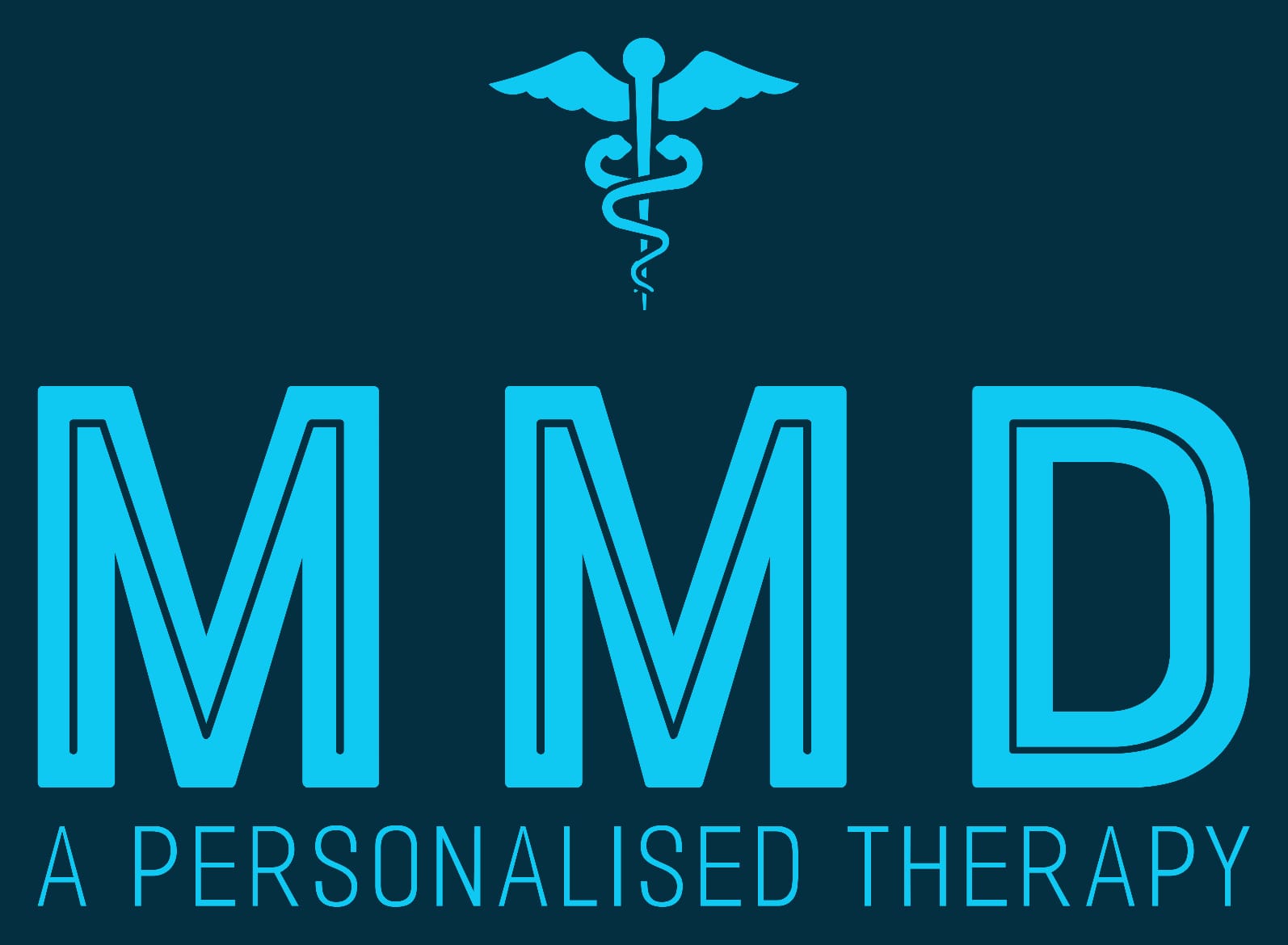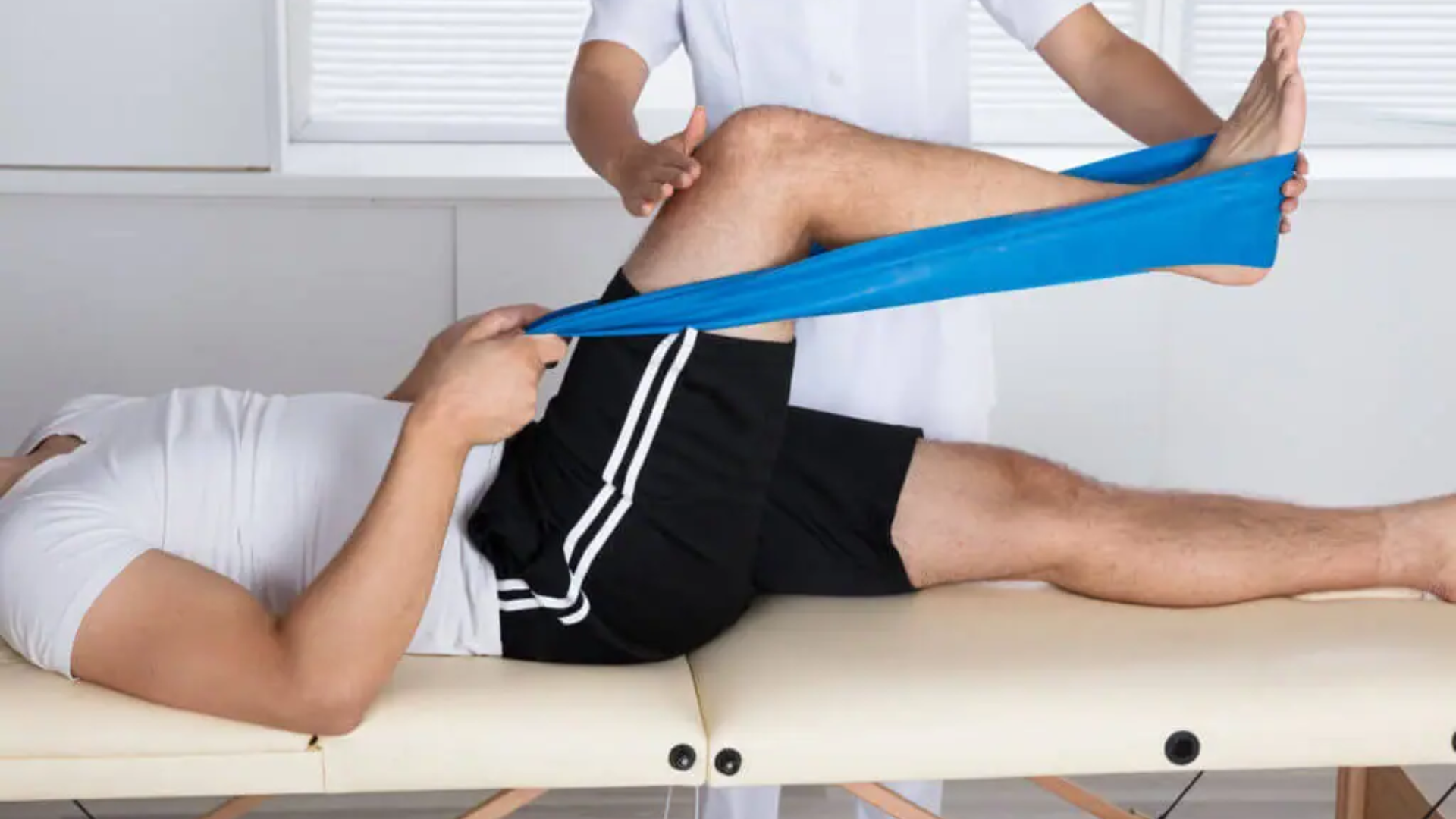Have you ever felt low energy and stiff joints or muscles? Then you are not alone in this situation. Nowadays, due to our hectic lifestyle, we face these kinds of issues like mobility issues, nagging backaches and stiff joints in our daily routine. To lower this pain and mobility issues, in this article, we have compiled ten daily physical therapy exercises that may help you to get relief and improve your mobility.
However, before we dive into the scene, it’s crucial to ensure your safety. Consult with your healthcare provider or therapist about your health and the exercises best suited to your specific conditions. Now, with that essential precaution in mind, let’s get started.
Exercise 1: Neck Rotation
Neck rotation can help in relieving muscle tension in the neck. This exercise will make you feel comfortable after long working hours. Neck stiffness can be reduced by neck rotations, and it will help to make your muscles relaxed and flexible. It will enhance the range of motion and reduce pain. Neck rotations are generally safe and should be performed gently in your comfort zone.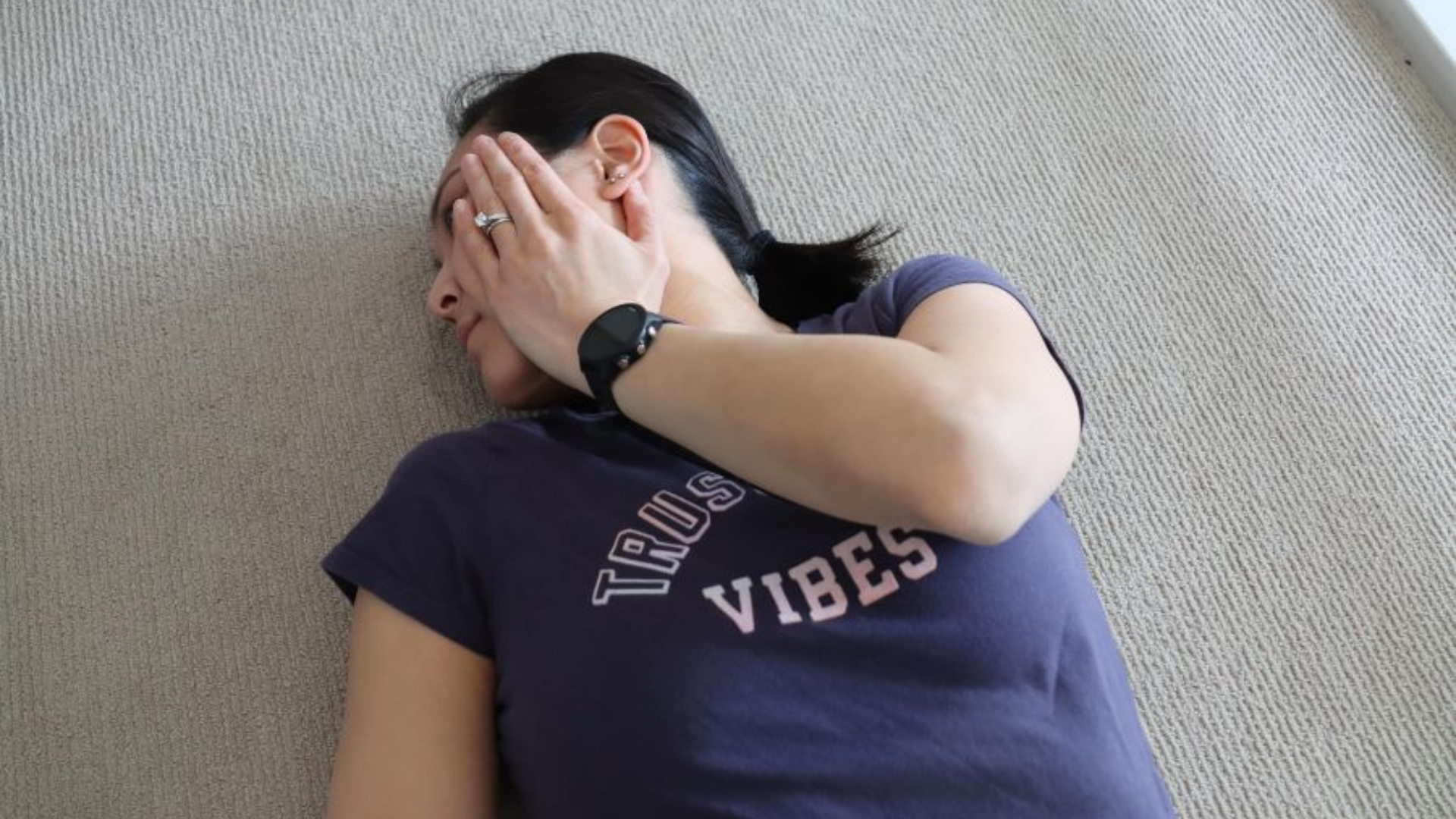
How To Perform
- Sit or stand with your back straight.
- Begin by turning your head slowly to one side moving as far as it is comfortable for you.
- Then, return your head to the center and repeat the movement on the other side.
Precaution: You need to avoid forceful or jerky movements as they can cause discomfort and strain in the neck muscles.
Exercise 2: Shoulder Rolls
Shoulder rolls are best to enhance shoulder flexibility. It helps to reduce pain in the shoulder muscles and promotes comfort especially for those people who are working for long hours at their desk. It helps to reduce the tension in the shoulder muscles. This exercise will improve your shoulder mobility and make it easier to lift any object.
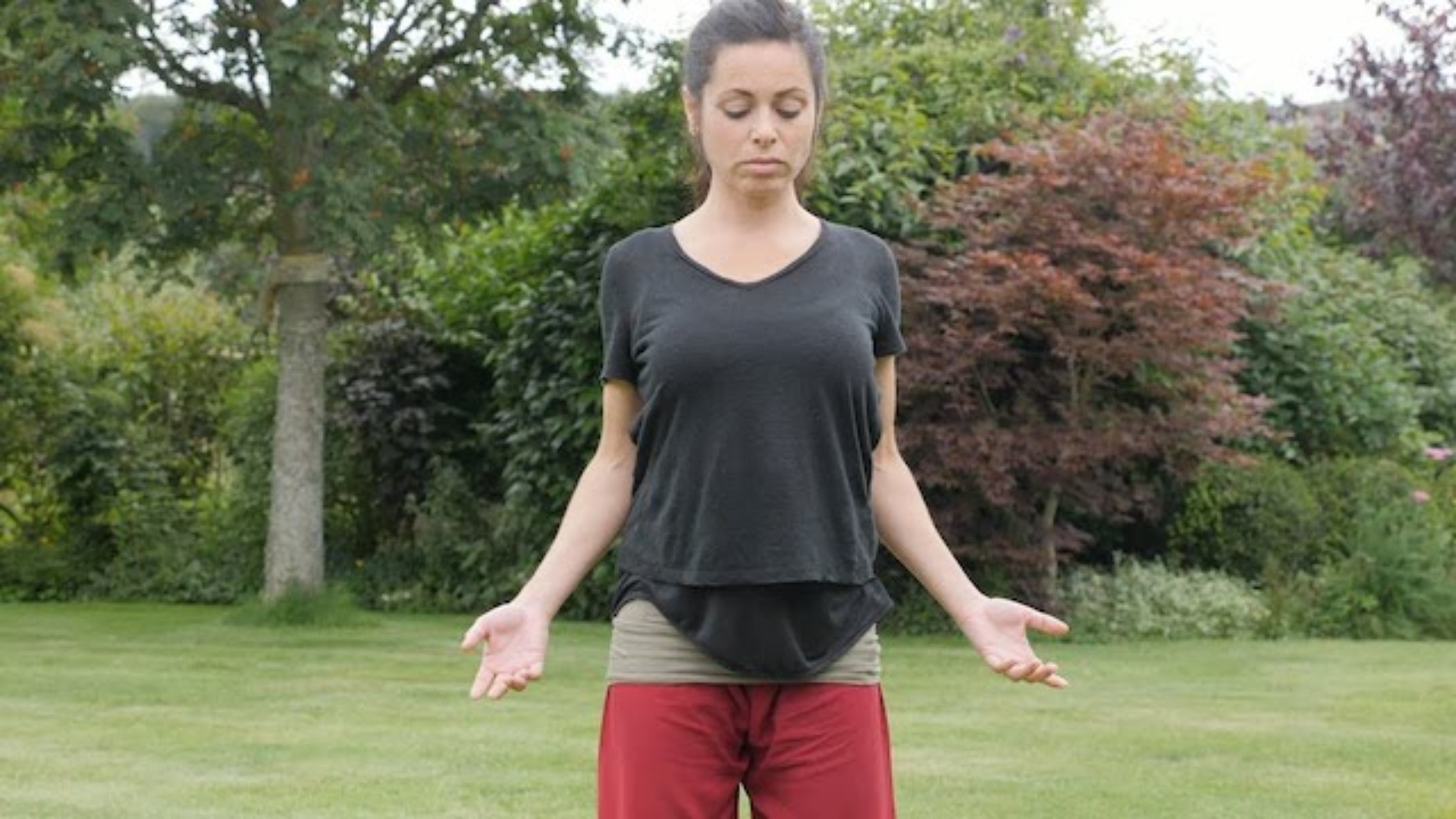
How To Perform
- Stand with your feet shoulder-width apart.
- Start by rolling your shoulders forward in a circular motion
- Then reverse the movement by rolling them backward.
Precaution: Avoid hunching your shoulders during the exercise. If you feel any pain or discomfort, please consult with your physician.
Exercise 3: Knee Extension
It is a helpful exercise for those people suffering from knee pain and want to get relief. It also helps to strengthen the quadriceps and the muscles on the front of your thigh. Knee extension can improve your muscle flexibility and reduce pain. Daily activities which involve knee bending and straightening can be done easily through this exercise.
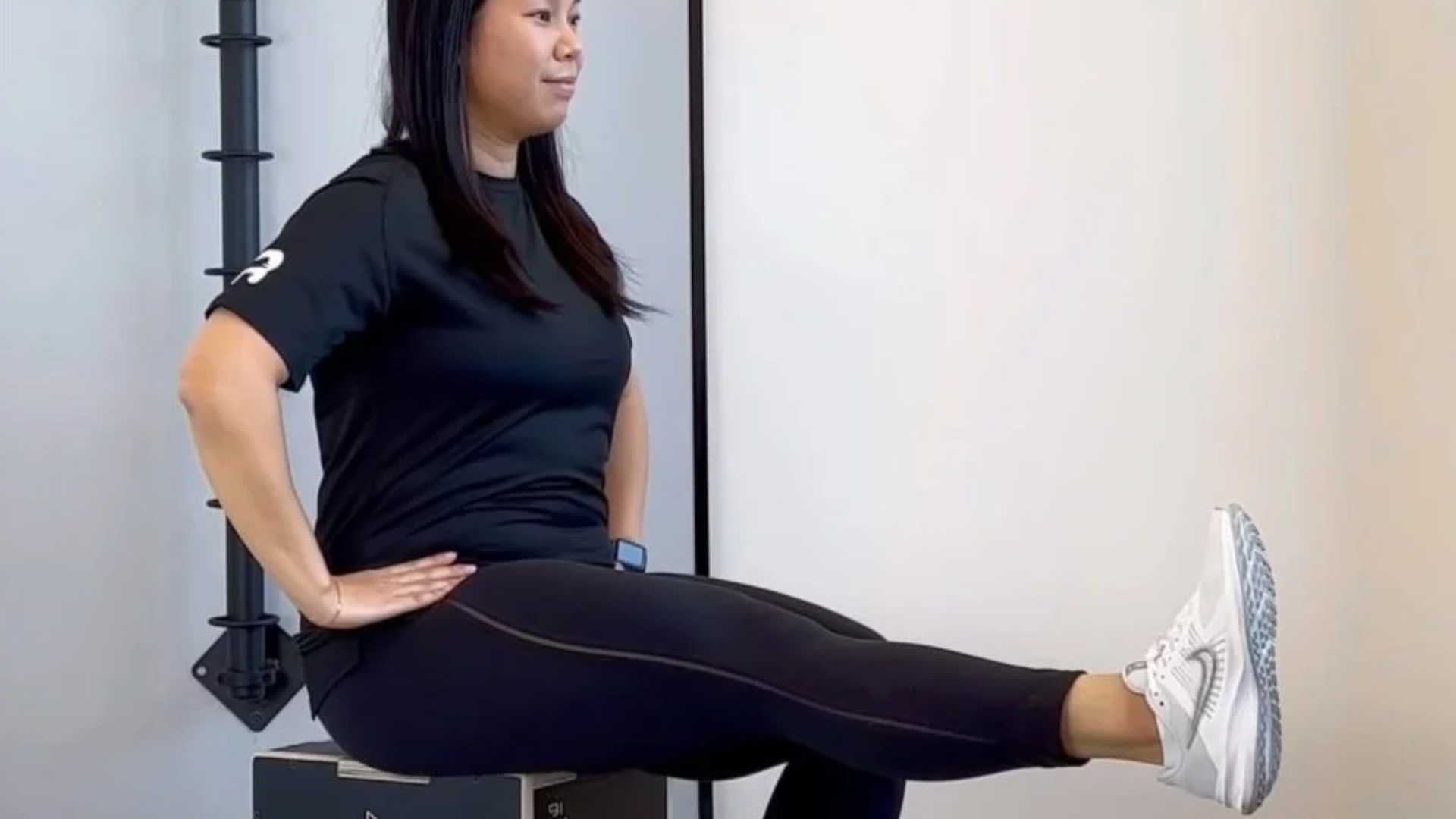
How To Perform
- Start by sitting on a chair with your feet flat on the floor.
- Slowly extend one leg straight in front of you, keeping your knee as straight as possible.
- Then lower the leg back to the starting position and repeat with the other leg.
Precaution: While performing this exercise, you need to maintain control and avoid sudden movements.
Exercise 4: Ankle Rotation
Ankle rotation is an effective exercise that helps to reduce ankle stiffness and pain. It promotes mobility in the ankles as it targets the ankle joints. By doing this exercise on a regular basis it will improve your ankle stiffness, which happens due to a sedentary lifestyle or ankle injuries. You can easily perform activities that involve ankle movement such as walking, climbing stairs or dancing.
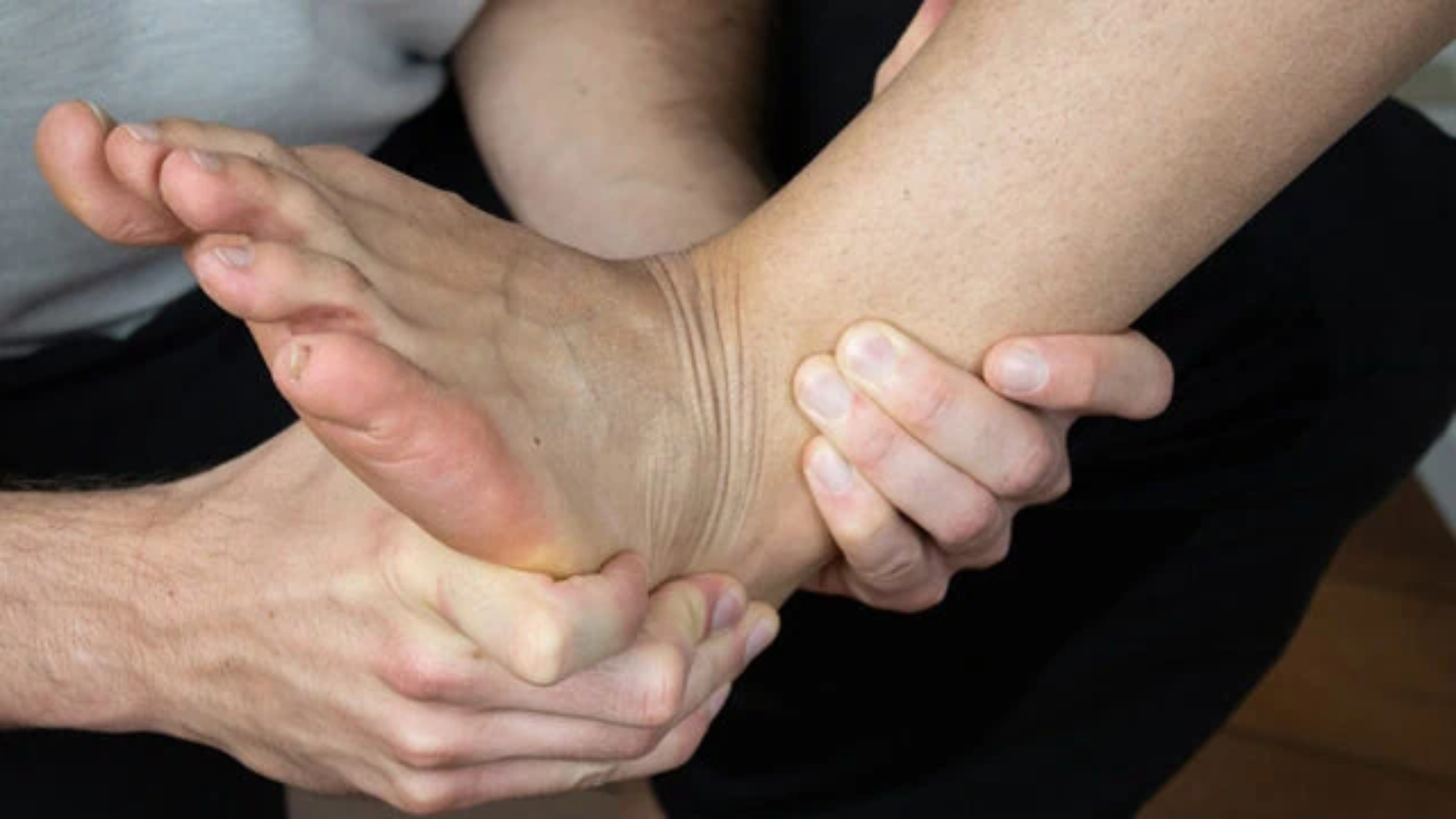
How To Perform
- Sit in a chair and lift one foot off the ground.
- Rotate your ankle in a circular motion in one direction, then reverse the direction and continue the motion.
- Repeat the same process with the other foot.
Precaution: Perform this exercise gently. Avoid forcing your ankle to move beyond its natural range as it will cause injury.
Exercise 5: Seated Leg Raise
This exercise will help improve the muscle flexibility of your hip and strengthen your thigh muscles. It targets the quadriceps and hip flexor muscles. Seated leg raise exercise is beneficial for people who are facing issues while climbing stairs and have difficulty while standing up from a seated position.
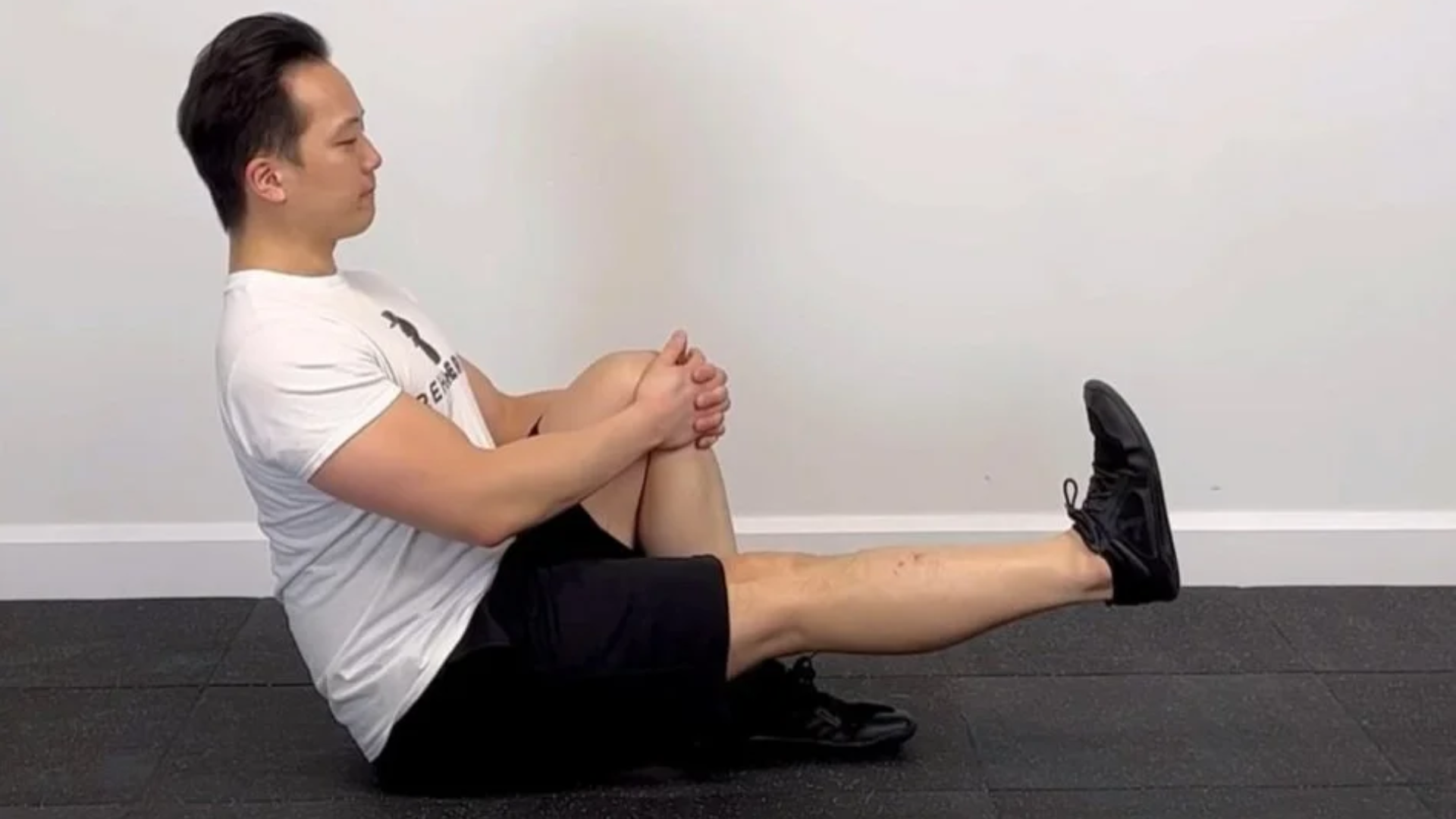
How To Perform
- Sit on a chair with your feet flat on the floor.
- Lift one leg straight out in front of you while keeping your knee as straight as possible.
- Hold for a moment, then lower your leg back down. Repeat the exercise with the other leg.
Precaution: Avoid sudden movements as they can cause strain in your leg muscles.
Exercise 6: Pelvic Tilts
Pelvic tilts can be helpful for people suffering from back pain. This physical therapy exercise focuses on your abdomen and lower back muscles, which provide support and stability to your spine. Pelvic tilts can be helpful for individuals who want to improve their posture or want to reduce lower back pain.
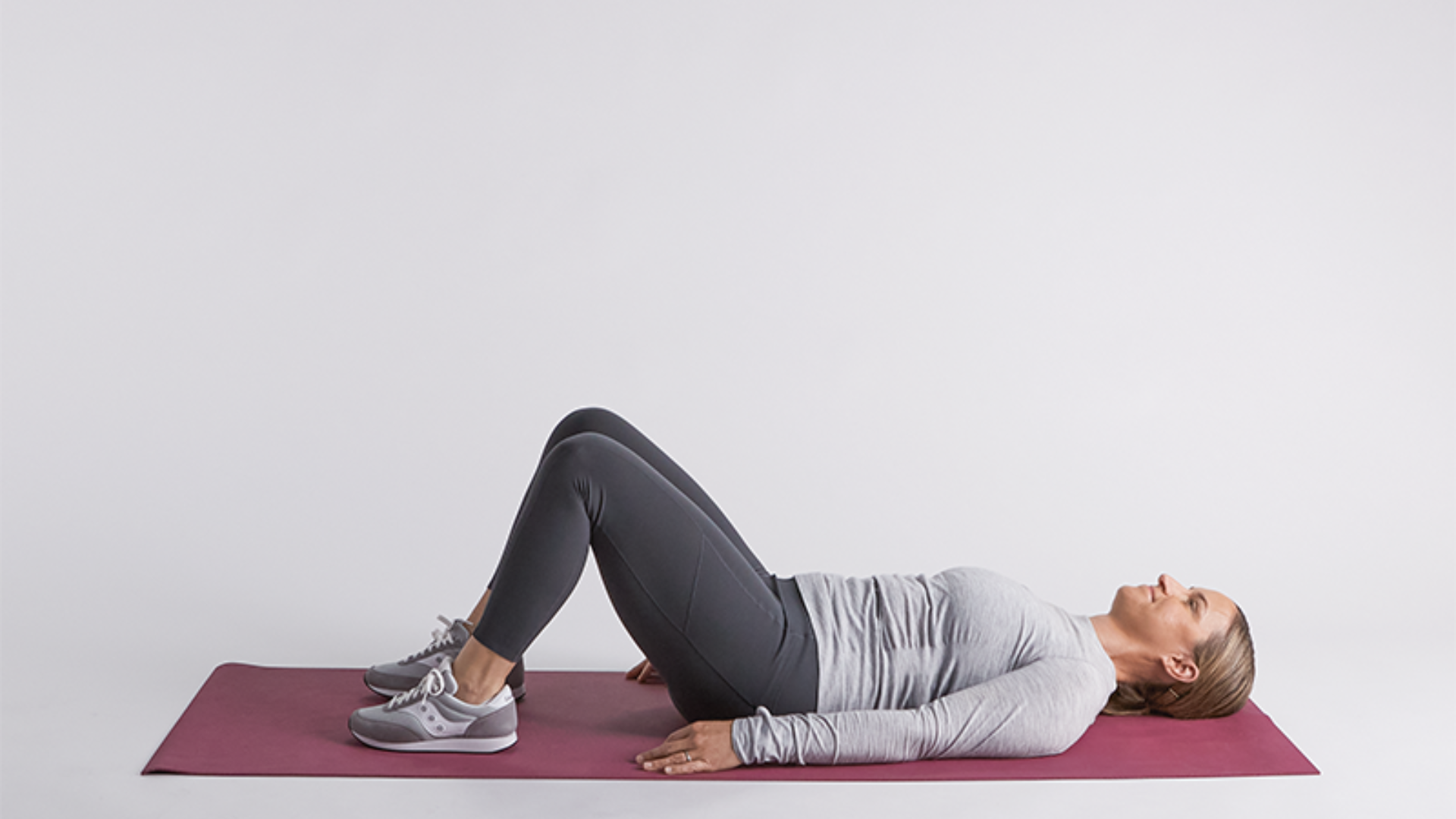
How To Perform
- Lie on your back with your knees bent and feet flat on the floor.
- Tighten your abdominal muscles and gently push your lower back into the floor, then release and return to the neutral position.
Precaution: You need to maintain a controlled movement. Avoid any excessive arching or straining of your lower back pain.
Exercise 7: Cat-Cow Stretch
Cat-cow stretch is a yoga-like physical therapy that can improve spine flexibility and reduce back pain. It helps to reduce lower and upper back pain. This physical therapy exercise is useful for individuals suffering from back pain due to long sitting and bad posture.
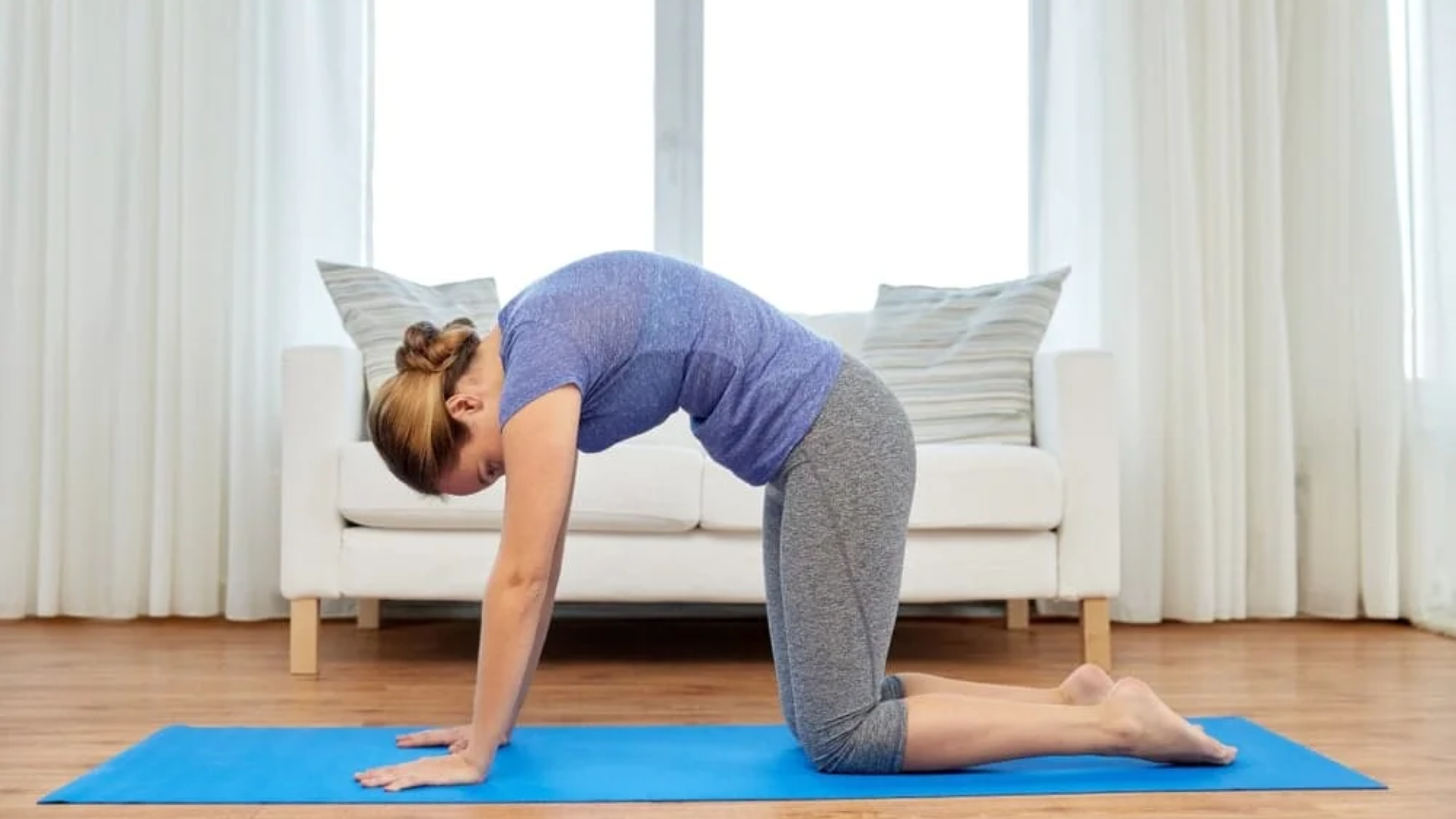
How To Perform
- Start on your hands and knees, with your wrists under your shoulders and your knees under your hips.
- Arch your back up like a cat, tucking your chin into your chest.
- Then, arch your back down like a cow, lifting your head and tailbone.
- Repeat these movements in a smooth, flowing motion.
Precautions: Move slowly and gently to avoid strain in your back. Focus on the fluidity of the movement rather than trying to achieve extreme positions.
Exercise 8: Wrist Flexor Stretch
This physical therapy exercise is designed to reduce the pain in your wrist and improve mobility of your wrist. Your wrist muscles will become tight and less flexible if you spend a lot of time typing, using a computer mouse, or performing repetitive wrist movements. Wrist flexor stretch exercise will help to relieve pain and enhance your wrist’s range of motion.
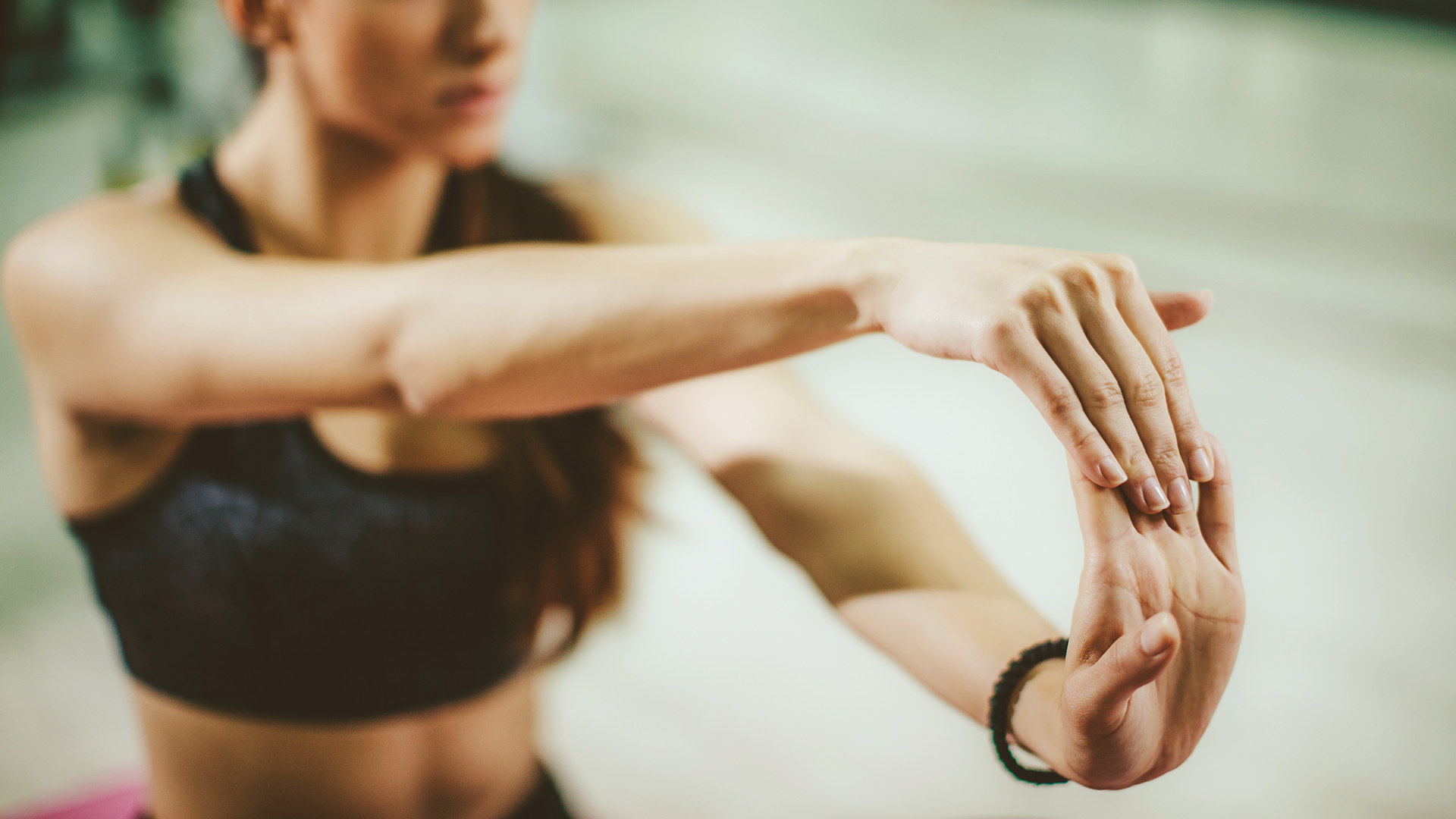
How To Perform
- Hold one arm straight out in front of you, palm facing down.
- Use your other hand to gently pull your fingers back toward your body until you feel a stretch in your wrist and forearm.
- Hold for a few seconds, then release.
Precaution: Avoid overstretching your wrists. It is essential not to force your wrist into a position that causes pain.
Exercise 9: Hip Flexor Stretch
This physical therapy exercise helps to improve hip mobility. It targets the muscles at the front of your hips. Many people feel discomfort and tightness in the hip flexor muscles. It happens due to long sitting and movements that involve hip flexion. Hip flexor stretch can help to reduce the pain and tightness in the hip muscles.
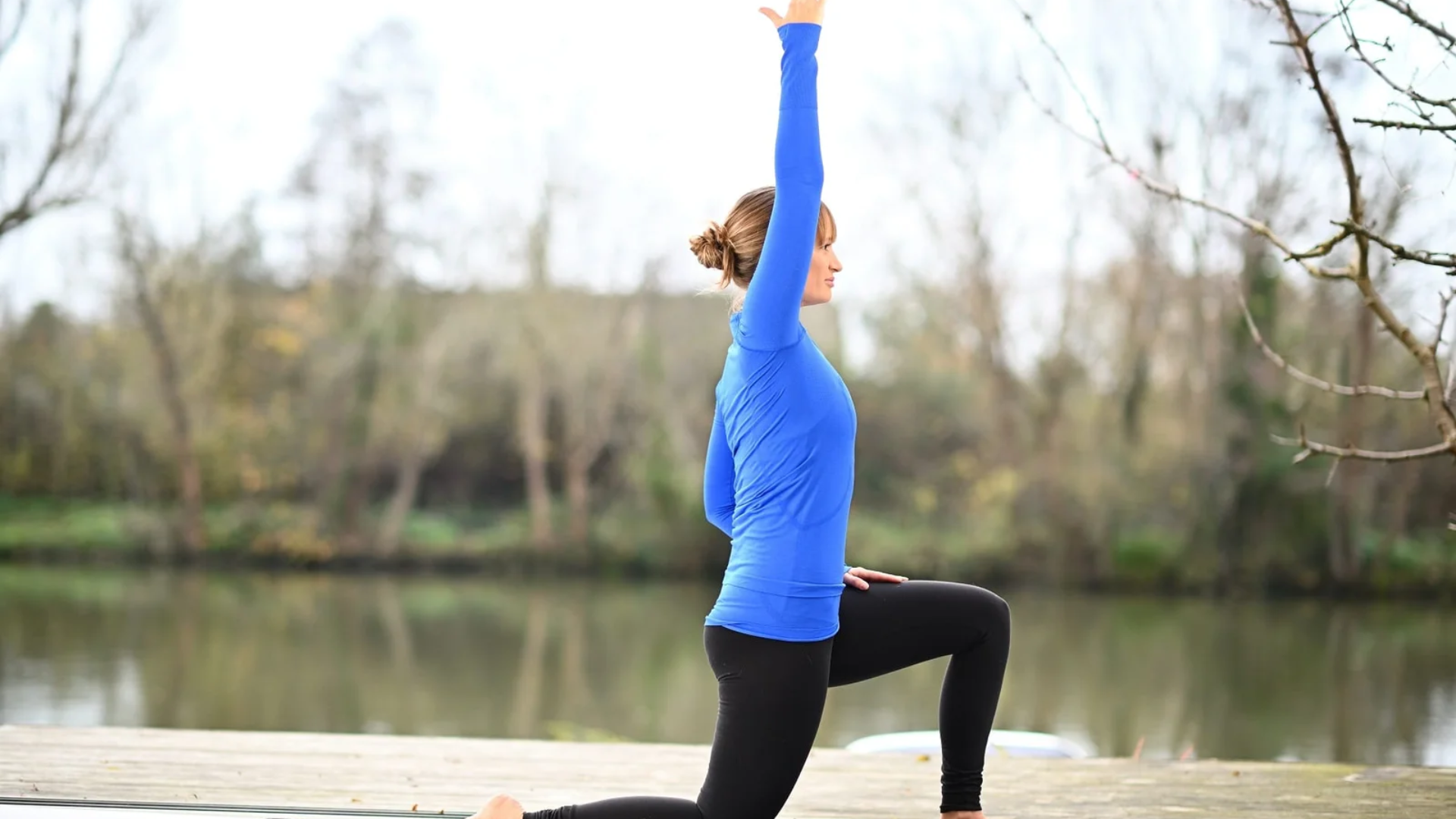
How To Perform
- Kneel on one knee with the other foot in front, creating a 90-degree angle with both knees.
- Gently push your hips forward while keeping your upper body upright.
- You should feel a stretch in the front of your hip.
- Hold the stretch for a few seconds, then release.
Precaution: Do not push your hips too far as it can cause muscle strain. Maintain gentle and controlled movements.
Exercise 10: Standing Calf Raises
It helps to improve the flexibility of the calf muscles and ankle stability. It targets the calf muscles including the gastrocnemius and soleus. By incorporating this physical therapy exercise into your daily routine, you can strengthen your calf muscles and reduce the risk of ankle injuries. You can walk, run or do other physical activities with ease.
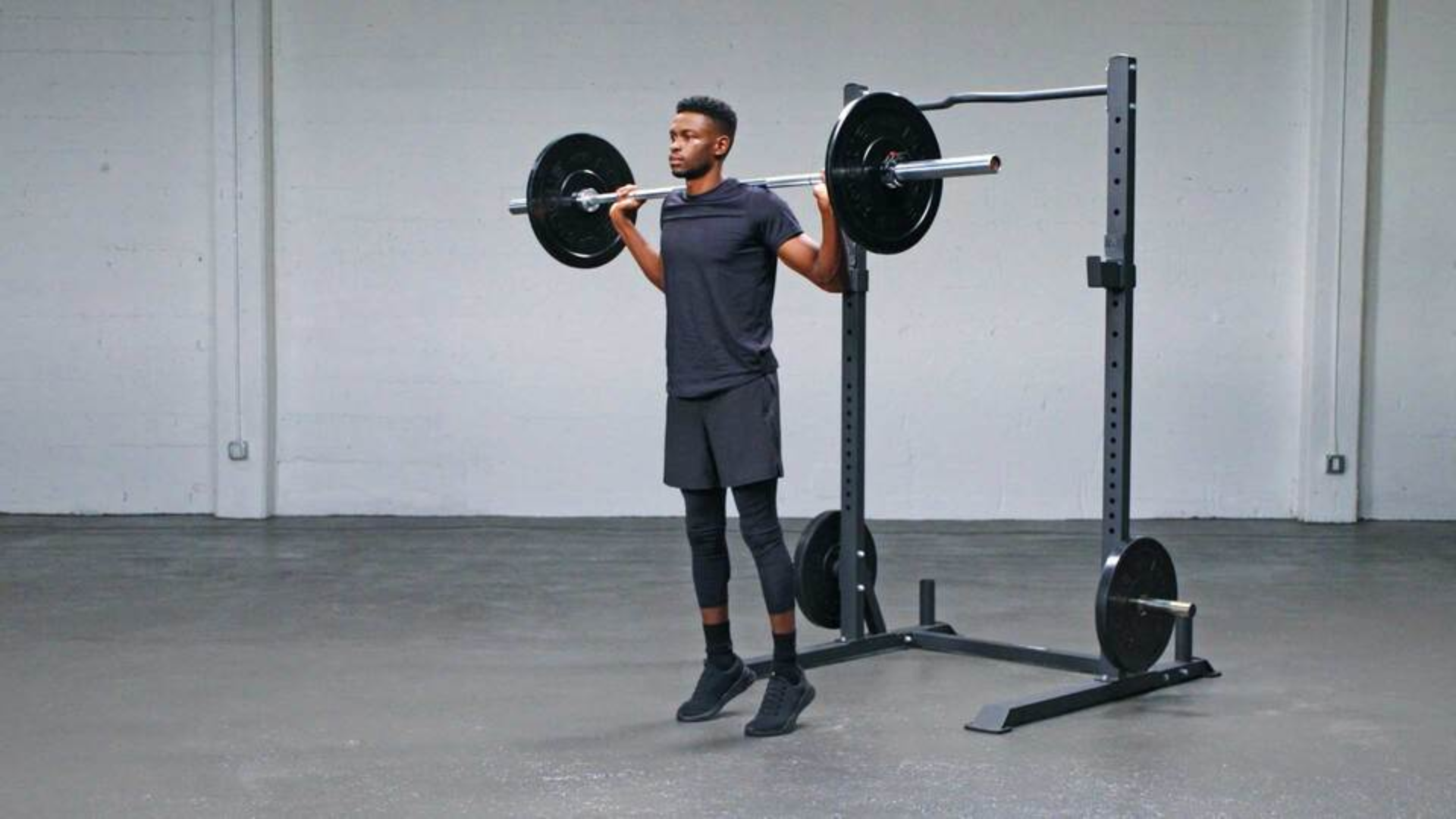
How To Perform
- Stand with your feet flat on the ground and your hands resting on a stable surface for balance, such as a wall or the back of a chair.
- Slowly raise your heels as high as you can, lifting your body onto the balls of your feet.
- Hold for a moment, then lower your heels back down.
Precaution: Avoid sudden movements and bouncing while performing this exercise, as it can strain your calf muscles or lead to instability.
Additional Tips for Pain Relief and Mobility Enhancement
In addition to the main exercises, there are other steps that can improve pain relief and mobility:
- Stay Hydrated: Drink plenty of water. Staying hydrated keeps your joints lubricated and may ease stiffness and discomfort. You may also consider vitamins and supplements for added support.
- Balanced Diet: Eat a healthy diet with nutrients that strengthen bones and joints, such as calcium and vitamin D. This helps support overall health.
- Rest and Recovery: Don’t skip rest. Your body needs time to heal, especially after exercise. Make sure you sleep well and give your muscles time to recover.
- Post-Exercise Stretching: After your therapy or workout, do gentle stretches. This keeps the flexibility you’ve gained and lowers the chance of muscle tightness.
Wrapping Up!
Incorporating physical therapy exercises into your daily routine is a proactive step towards relieving pain and enhancing mobility. By following the precautions provided in this article, consulting with healthcare professionals as needed, and maintaining a commitment to your exercise regimen, you have the tools to transform your quality of life. Remember that you need to be consistent to experience the improvements in your well-being.
Reference Link:
https://safehandshhc.com/2023/10/12/10-physical-therapy-exercises/
